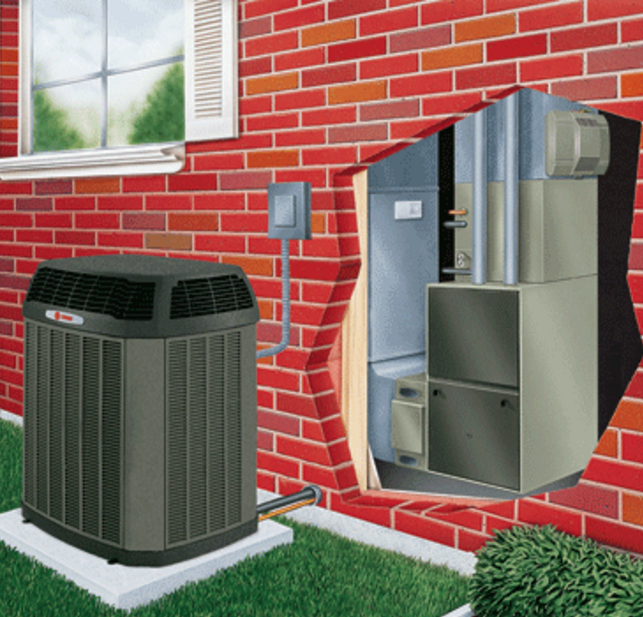- Heat Exchanger – Inspected for cracks & deterioration. Heat exchangers can develop cracks with age. If they exist, there is a risk of serious illness from the toxic fumes emitted.
- Burners – Removed & cleaned if necessary. Dirty burners can cause poor combustion, soot, condensation, and will shorten the life of the furnace. You pay for useful heat that goes up the chimney instead of going into your house.
- Fan Switch – Checked & adjusted. A fan switch that is not properly adjusted can waste energy and cause nuisance fan cycling.
- Pilot & Pilot Assembly – Cleaned & adjusted as necessary. Weak or dirty pilots can easily be extinguished causing the furnace to shut down.
- Safety Controls – Operationally inspected. Safety controls that do not operate can cause dangerous problems.
- Gas Line – Leak checked from the furnace shut off valve to the burners. Undetected gas leaks are dangerous.
- Combustion Air – Openings will be checked. Blocked or restricted combustion air openings can be dangerous.
- Flue Pipe – Inspected. Flue pipe corrosion or leaks are dangerous.Temperatures & Performance –Recorded. An accurate record of vital data can indicate potential problems that can be eliminated.
- Panels – Secure all panels. Loose panels can increase operating costs and cause either a shutdown or a dangerous condition.
- Controls & Safeties – Inspected & tested. Controls and safeties that do not function properly can increase operation cost and cause other components to fail.
- Lubrication – Application to motors & bearings. Improperly lubricated rotating equipment will eventually fail.
Belts & Pulleys – Inspected & adjusted. Loose belts and worn pulleys decrease air flow, increase operating costs and shorten the compressor’s life. Belts crack and break with age. - Air Filter – Replaced at customer’s option. A restricted air filter can cause your air conditioning unit to waste energy and shorten the compressor’s life.
- Voltage & Amp – Draw of the blower motor, compressor & condenser fan motors checked & recorded. Improper voltage and amp draw increase operating costs and can shorten the life of any motor.
- Thermostat – Checked & calibrated. Improperly calibrated thermostats cause the unit to run longer than necessary. Every degree your air conditioner operates below 78 degrees can add 5%-8% to the cost of cooling.

Click here to calculate your home energy savings.
Pricing
*Does not include filter changes unless you provide your filter. Any filter we provide will be additional charge.
**All prices are before tax.
One time service- only one visit
- 1 system $129
- 2 system $198
- 3 system $267
- 4 system $336
- 5 system $405
*This is for joining our PM plan.
This price is for TWO visits, fall and spring, also gets you 15% off of any future repairs:
- 1 system $194
- 2 system $308
- 3 system $422
- 4 system $536
- 5 system $650
